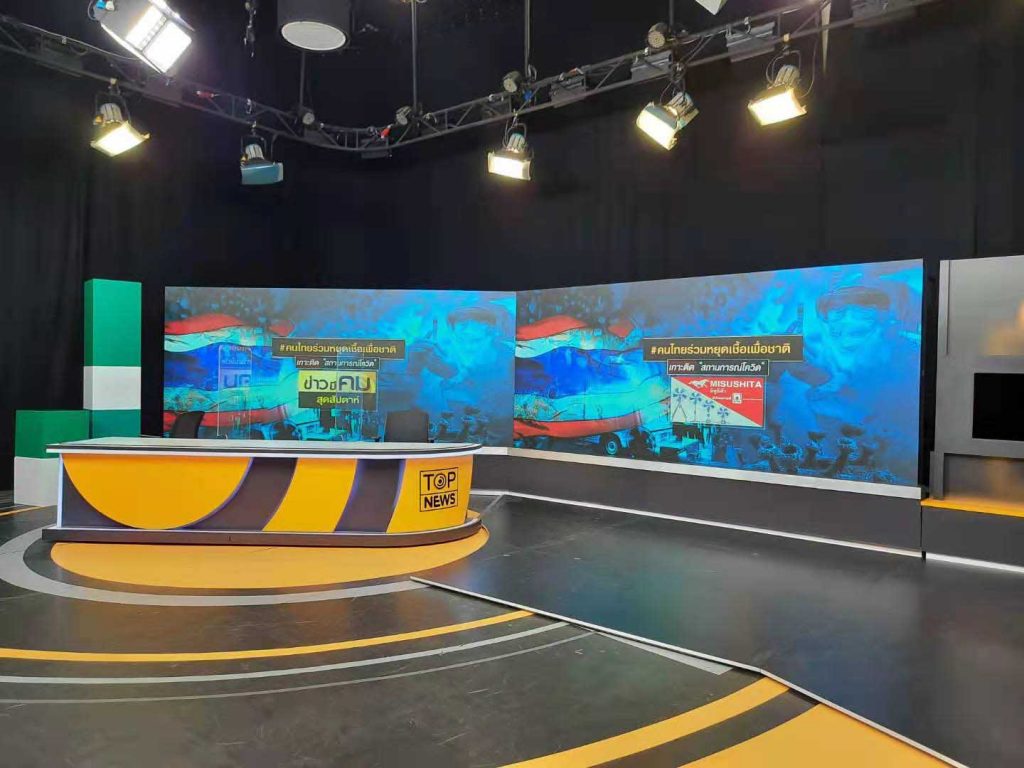Analyzing the Relationship Between Gray Scale and Brightness in LED Display
LED displays, known for their stunning visuals and stability, have become the preferred choice for outdoor advertising, stage performance, conference, and more. However, when they come to two key parameters—gray scale and brightness—many users may not fully understand their roles and how they interact. This article delves into the relationship between gray scale and brightness in LED display, helping you better understand and operate LED display.
Basic Concepts
It is essential to understand the basic concepts of gray scale and brightness. Gray scale refers to the degree of brightness of each pixel on the display. In digital display technology, gray scale determines the number of colors that can be displayed. Generally, the higher the gray scale is, the richer the colors and more delicate the images presented by the LED display will be. On the other hand, brightness refers to the overall luminous intensity of the display, which is a key indicator used to measure how bright the screen appears.
Relationship
Gray scale and brightness in LED display do not exist independently; They are closely interconnected and influence each other. By adjusting the gray scale, precise control over brightness can be achieved.
Gray Scale Control Methods
Gray scale control is a key technology for achieving different brightness levels in LED display. The most common gray scale control methods include two approaches: current flow adjustment and pulse-width modulation (PWM).
Adjusting the Current
It is to adjust the current flowing through the LED to change its brightness, thereby achieving gray scale adjustment. Except for red LEDs, which may experience saturation, the gray scales of other LEDs are generally proportional to the current flowing through them.
Pulse-width Modulation (PWM)
It is to control the LED lighting time by periodically adjusting the widths of the light pulses (i.e., the duty cycle), thereby achieving gray scale adjustment. At sufficiently high refresh rate, the human eye cannot perceive changes in brightness, allowing for a smooth and continuous brightness adjustment.
Summary
In conclusion, there is a close relationship between the gray scale and brightness of LED display. By scientifically and reasonably adjusting the gray scale and brightness parameters, the user can maximize the performance of the LED display , enhancing image quality and providing a more stunning visual experience.
 Yaham
Yaham






